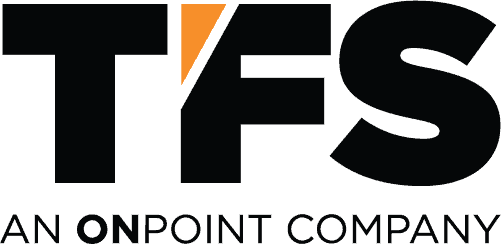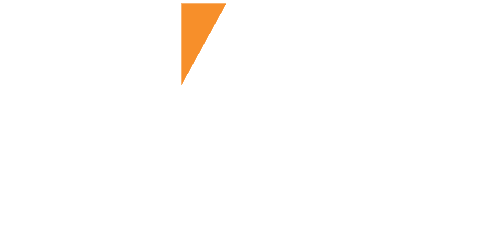 If you’re under constant pressure to cut costs and increase uptime (and who isn’t?), you may feel like you’ve exhausted every pricing option. What you may not realize is that you’re probably overlooking hidden costs. We’ve put together 10 mistakes that are likely increasing the costs of your material handling program. Take a look!
If you’re under constant pressure to cut costs and increase uptime (and who isn’t?), you may feel like you’ve exhausted every pricing option. What you may not realize is that you’re probably overlooking hidden costs. We’ve put together 10 mistakes that are likely increasing the costs of your material handling program. Take a look!
1. Exclusively Considering Acquisition Cost and Maintenance
Up-front acquisition and maintenance costs are important. They’re also only half of the picture. You should be considering total cost of ownership — not just the cost at time of acquisition.
2. Only Looking at the Cheapest Leasing Payment per Month
A monthly leasing payment only gives you one piece of information about the cost of the lease. That’s because leasing doesn’t use a flat rate — it uses a total cost of ownership model. And there are almost always more hidden costs built into a lease than whatever the up-front monthly payment is. Along with monthly payments, also consider lease terms like hourly usage allowance per month, return riders, and other end-of-lease terms (such as freight or inspection charges) dictated in the Master Lease Agreement.
3. Missing the “Sweet Spot” for Equipment Replacement
You should be using data and analytics to determine the ideal replacement timing for your fleet. Replacing an asset too soon is not sustainable or cost effective; waiting too long to replace an asset can result in increasingly significant costs to maintain, repair, or replace the asset.
To hit the “sweet spot” for equipment replacement, you need data. You need to consider both current and future maintenance trends, as well as acquisition costs to determine the best time to act. It can also help you determine the best way to act: whether that means bringing in a new piece of equipment, downsizing, or optimizing a lease to match the anticipated life cycle of the assets.
4. Overlooking the Role of Operators
The role and quality of operators is another often-missed element of material handling costs. Operators should be adhering to safety standards, including completing OSHA checklists, and they need to be trained in how to properly keep machines operable and help avoid preventable abuse and damage. These behaviors, when assisted with telemetry, keep equipment operable longer with lower costs.
5. Neglecting Preventative Maintenance
This may seem obvious, but doing preventative maintenance often falls by the wayside when there are (seemingly) more pressing issues to consider. But failing to prioritize preventative maintenance in the short-term sets you up for more costly, time-consuming breakdowns and repairs in the long-term.
It’s important to create and adhere to a regular, data-based preventative maintenance program. The reason is simple: preventative maintenance lowers overall breakdowns, which lowers overall cost.
6. Overpaying for Repairs
Third-party technicians are an up-front commitment that can lower your costs long-term.
The right third-party technicians help ensure that you don’t overpay for repairs; they can also manage maintenance vendors, negotiate for the best deals, and ensure that they are complying with all the ancillary standards around safety and repair.
7. Overlooking Power Management
While this might not apply to every company, it can be a real pain point for some businesses. We sometimes see customers with an electric fleet that’s getting on in years where the batteries haven’t been maintained as well as they should have, and their equipment goes down.
Equipment going down means that they’re either experiencing downtime or shelling out more money for rentals to fill the gap. This doesn’t have to be the case.
There are customized power management solutions that can not only manage current vendors and bring new ones in as necessary, but that also can provide more useful life on their current assets by isolating and focusing on the power piece specifically. It’s a customized power solution tailored to your specific power management needs.
8. Not Leveraging Lessors During the RFP Bid Process:
When you negotiate your master lease terms and conditions you should ideally be working with 4-5 companies. While this can be time-consuming, it’s worth the effort. TFS utilizes various leasing partners in order to leverage the RFP bid process. The result is that we are able to negotiate for better master lease terms and conditions on the customer’s behalf.
For example, we recently had a customer with 88 pieces of equipment, and by negotiating with partners, we came to a final agreement that used 4 lessors and saved the customer hundreds of thousands of dollars.
9. Overlooking Lease Terms
Always read the fine print. Lease terms that might seem minor at the outset can lead to major unexpected costs over the lifetime of your lease.
Make sure you’re clear on all the terms of the lease and any potential hidden costs. Take the time to ensure you understand what the lease will actually cost you in the long term.
Otherwise, you can find yourself suddenly hit with unexpected charges for unnecessary freight, inspections, or lease return charges for everything from overtime penalties to equipment abuse.
10. Single-Sourcing one OEM (Original Equipment Manufacturer) For All Your Equipment Needs
Sometimes customers think sourcing all their equipment from one brand or dealer will result in an easier, more streamlined process, or a stronger relationship with that particular OEM. But in fact, single-sourcing one OEM for all your equipment needs usually ends up costing, not saving, money.
Since TFS is brand-independent (as opposed to dealers and OEMs), we’re able to ensure the right specifications are sourced at the lowest cost from the brand that’s best for that application. We also have a unique, in-depth knowledge of each brand’s service facility and the varying ability of the techs who service geographic areas.
No doubt, all these ten mistakes are common — and making the changes required to address all of them is time-consuming.
But there’s also no doubt that doing everything on this list can save your company significant amounts of money and lower your total cost.
Our data indicates it would take two to three full-time employees to handle vendor billing, consolidation, and auditing, as well as correcting all ten mistakes. That estimate also assumes those employees would have the skill set and relationships required to be familiar enough with different service providers and the skill set of each service technician when making buying decisions.

